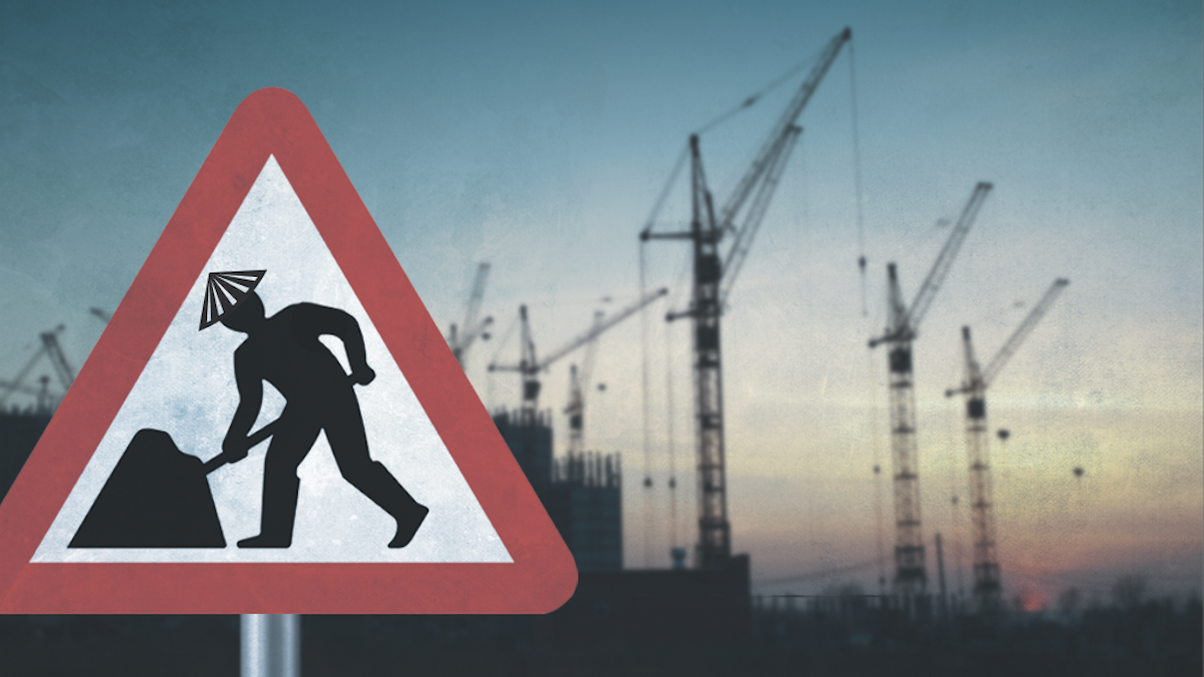How to get institutional investors to fund Belt & Road
Asset owners are reluctant to fund Greenfield infrastructure projects, which will comprise most of China's Belt and Road initiative. But there are some measures to persuade them.

For all the rising desire of institutional investors to consider infrastructure investments, the concept of buying into Greenfield projects remains a bridge too far (to use an apt metaphor).
Sign in to read on!
Registered users get 2 free articles in 30 days.
Subscribers have full unlimited access to AsianInvestor
Not signed up? New users get 2 free articles per month, plus a 7-day unlimited free trial.
¬ Haymarket Media Limited. All rights reserved.


